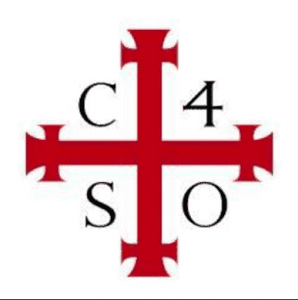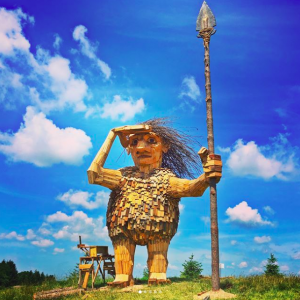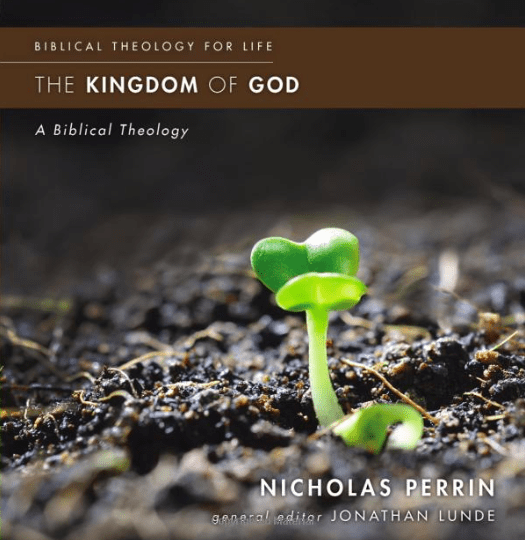 Perhaps the most notable issue many observers of American religion see is that religion is about choice. If there are thousands and thousands options in a coffee shop, there are even more when it comes to religious beliefs. “Adulthood,” Diana Butler Bass says in her book, Christianity after Religion, “means picking – education, career, partner, location, goods, political party, causes, beliefs, and faith” (41).
Perhaps the most notable issue many observers of American religion see is that religion is about choice. If there are thousands and thousands options in a coffee shop, there are even more when it comes to religious beliefs. “Adulthood,” Diana Butler Bass says in her book, Christianity after Religion, “means picking – education, career, partner, location, goods, political party, causes, beliefs, and faith” (41).
At church Sunday a man asked us “what we were,” and we told him we were “religious mutts” in that we have influences from a variety of directions – Baptists, Presbyterians, Plymouth Brethren, Anglicans, nondenomationals – and I house these influences in an Anabaptist orientation that loves liturgy. Hence, I don’t mind describing myself as a “Willo-palian” or an anabaptist Anglican. The man said to us, “My story is the same.”
How monochrome is your faith? How many major influences are at work in your Christian faith? Do you sense this is the new normal? Do you see this as a good thing, a bad thing, or something that is just true and that’s the way it is?
The big issue here is heritage, obligation and duty have given way to preference. Not a pastor in the USA has not experienced this reality.
Diana’s “Questioning the Old Gods” chp is all about shifts in three areas: Beliefs, Behaviors and Belonging.
1. Beliefs: If piety and patriotism used to belong together, some research shows that Americans’ view of God has changed dramatically. As much as 25% of Americans no longer believe in God. The standards stats: Evangelicals 26%, Catholic 23%, Nones 16-20%, and Mainline 16-18%. But the big issue for her is that their view of God has changed. The Stern Father has surrendered to a more benevolent God.
2. Behavior: she looks at church attendance and prayer. Church attendance numbers have been examined to show a wildly inaccurate reporting by Americans about their church attendance. The numbers more accurately show decline at a significant level, in spite of claimed attendance numbers. And Americans are attending multiple religious locations. Prayer, too, has changed: former religious traditions are mixed, with Baptists using prayer books and Catholics free-forming their prayers.
3. Belonging: Who am I? was connected to Which denomination am I? Not so much anymore. Traditional labels have lost cash value and 44% of Americans have “switched” religions. She explores multireligious identities, though the research here is still in its infancy.
Religion is no longer normal; people have choices and they are using those choices in their religious faith.










